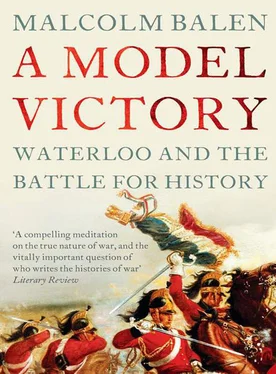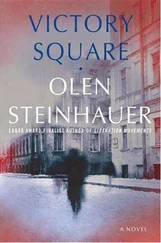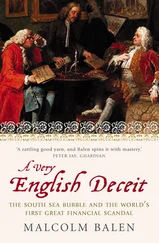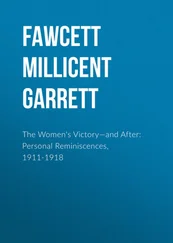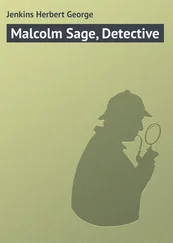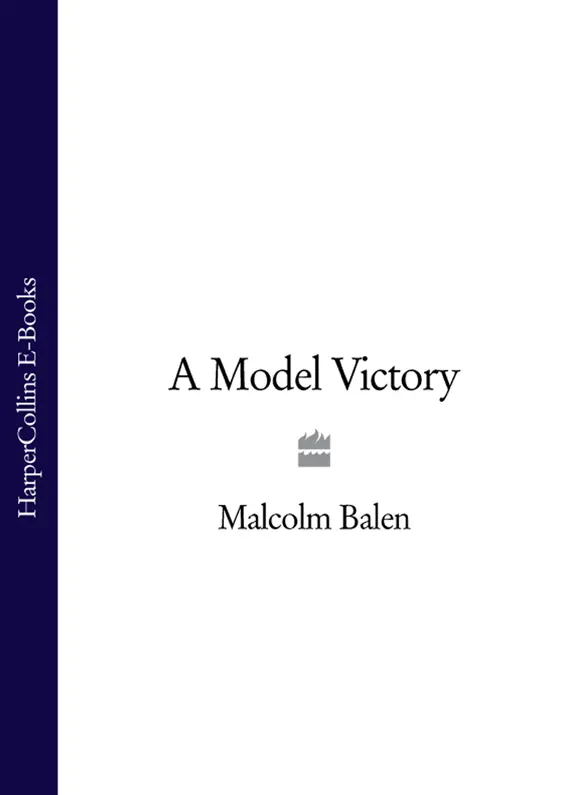
MALCOLM BALEN
A Model Victory
Waterloo and the Battle for History

Dedication Dedication Epigraph Chapter I Chapter II Chapter III Chapter IV Chapter V Chapter VI Chapter VII Chapter VIII Chapter IX Chapter X Chapter XI Chapter XII Chapter XIII Chapter XIV Chapter XV A Note on Military Terms Further Reading Index Acknowledgements About the Author By the Same Author Copyright About the Publisher
Henry Balen
Epigraph Epigraph Chapter I Chapter II Chapter III Chapter IV Chapter V Chapter VI Chapter VII Chapter VIII Chapter IX Chapter X Chapter XI Chapter XII Chapter XIII Chapter XIV Chapter XV A Note on Military Terms Further Reading Index Acknowledgements About the Author By the Same Author Copyright About the Publisher
The duty of the Historian of a battle … is to prefer that which has been officially recorded and published by public responsible authorities; next, to attend to that which proceeds from Official Authority … and to pay least attention to the statements of Private Individuals.
The Duke of Wellington, 24 September 1842
The communication by the media of information … on matters of public interest and importance is a vital part of life in a democratic society. However the right to communicate such information is subject to the qualification … that false accusations of fact impugning the integrity of others, including politicians, should not be made.
Lord Hutton, 28 January 2004
Cover
Title Page MALCOLM BALEN A Model Victory Waterloo and the Battle for History
Dedication Dedication Dedication Epigraph Chapter I Chapter II Chapter III Chapter IV Chapter V Chapter VI Chapter VII Chapter VIII Chapter IX Chapter X Chapter XI Chapter XII Chapter XIII Chapter XIV Chapter XV A Note on Military Terms Further Reading Index Acknowledgements About the Author By the Same Author Copyright About the Publisher Henry Balen
Epigraph Epigraph Epigraph Chapter I Chapter II Chapter III Chapter IV Chapter V Chapter VI Chapter VII Chapter VIII Chapter IX Chapter X Chapter XI Chapter XII Chapter XIII Chapter XIV Chapter XV A Note on Military Terms Further Reading Index Acknowledgements About the Author By the Same Author Copyright About the Publisher The duty of the Historian of a battle … is to prefer that which has been officially recorded and published by public responsible authorities; next, to attend to that which proceeds from Official Authority … and to pay least attention to the statements of Private Individuals. The Duke of Wellington, 24 September 1842 The communication by the media of information … on matters of public interest and importance is a vital part of life in a democratic society. However the right to communicate such information is subject to the qualification … that false accusations of fact impugning the integrity of others, including politicians, should not be made. Lord Hutton, 28 January 2004
Chapter I
Chapter II
Chapter III
Chapter IV
Chapter V
Chapter VI
Chapter VII
Chapter VIII
Chapter IX
Chapter X
Chapter XI
Chapter XII
Chapter XIII
Chapter XIV
Chapter XV
A Note on Military Terms
Further Reading
Index
Acknowledgements
About the Author
By the Same Author
Copyright
About the Publisher
Truth is history, and history without truth does not deserve the name; and I am anxious for the sake of the gallant men I commanded, that one day at least the truth may be known.
Sir Richard Hussey Vivian, letter to William Siborne, 18 January 1830
The advice is always to walk a battlefield, and so this is what the officer did. In itself, then, his action was not remarkable, but what was surprising to those who did not know him was the level of his commitment, a devotion to duty which was reflected in the time he spent crossing and re-crossing a few miles of rolling countryside outside Brussels. A day, perhaps, would have been deemed too short a time for most visitors, as if they were in an almost indecent haste to see the killing-fields, but a week at most would have sufficed. To go for eight months, therefore, was the sign of an interest bordering on obsession.
But then the lieutenant, prim and proper, was no ordinary tourist, and if he was there for pleasure (and it gave him plenty, although he might have cavilled at using such a word in so bloody a context) then this was an incidental benefit of the curious military exercise that he had campaigned so hard to carry out. His task was both arduous and precise but it was made the more so by his unrelenting search for perfection, for he was not a man to tolerate a hair out of place. Perhaps we should say, given the military training which lay behind his approach, he could not abide a tunic button which did not shine as brightly as the Duke of Wellington’s star still shone in the firmament of British society. It was the Duke, indeed, who was unwittingly responsible for the officer’s task though it was not one which came to meet with the approval of the great commander. This was one of many curiosities which came to attach themselves to the lieutenant’s project as the years went by.
That Wellington should become at best indifferent and at worst hostile to the officer’s work was in itself an oddity because, in truth, the lieutenant was doing little more than paying homage to him, an act of obeisance that was charted by the pen and paper which accompanied him as he trudged across the land. For he had set out to map the ground of the Duke’s most famous victory, the glory of his life, the triumph which exceeded all others in a military career which had glittered as none other: the defeat of Napoleon on the fields of Waterloo, fifteen years before.
It was entirely in character that the lieutenant intended his map to be the most accurate the army had ever seen. It may have been his military training which infused him with a taste for exactitude, so that, as he grew older, he even changed the spelling of his name as if to render it more accurate: he was called William Siborn, and why he became Siborne at thirty-seven years of age, we do not know. He was born near the century’s turn, on 18 October 1797, at Greenwich in south London: a meridian child who became fascinated by maps. His father was called Benjamin, and his mother Charlotte, and he was an only son. Perhaps his upbringing gave him a taste for isolation, for self-containment, for favouring a world which was neat and tidy and above all precise.
It was an upbringing which revolved around the army. A year after his birth his father became an ensign in the West Kent militia, and a year later moved into the 9th (East Norfolk) Regiment, where he stayed for two decades. Unlike his son, Siborn senior saw active service. We find him first in the 2nd Battalion under General Sir John Moore in 1808/9; then at Walcheren in 1809, under Lord Chatham; we glimpse him in the Peninsula with Wellington from 1810; and then at the Battle of Nivelles, where, on 10 November 1813, he was gravely wounded, never fully to recover. At the end of the war he sailed with his regiment to Canada, returning too late to take part in the Battle of Waterloo. The trail ends on 14 July 1819 at St Vincent in the West Indies, where Siborn was serving on peacetime duties, and where finally he succumbed to his wartime wounds.
Читать дальше
